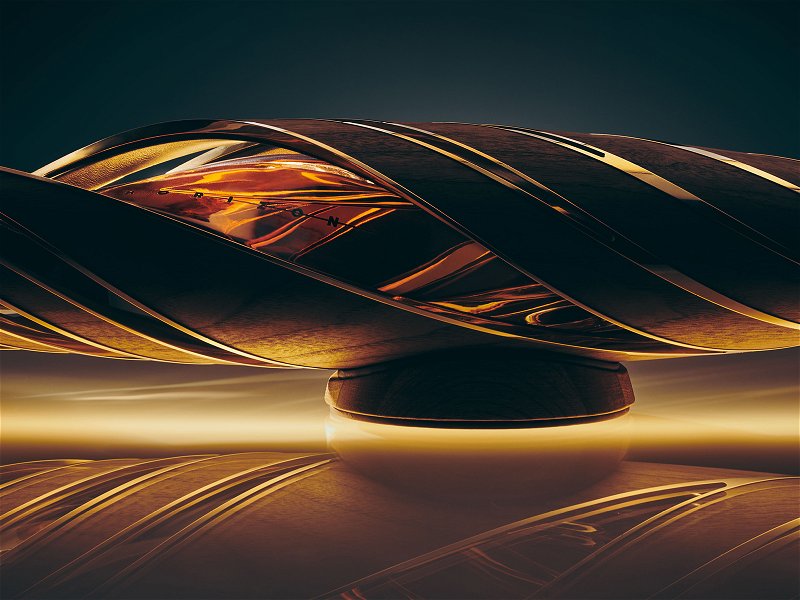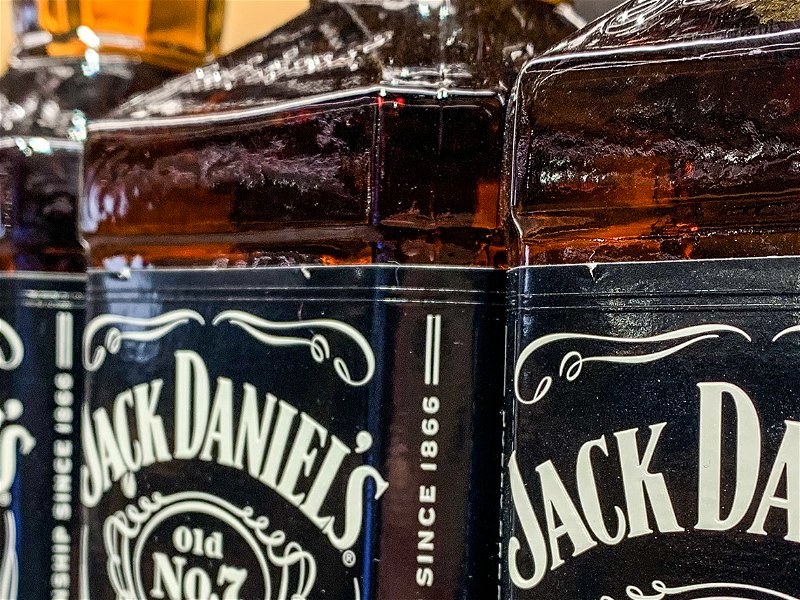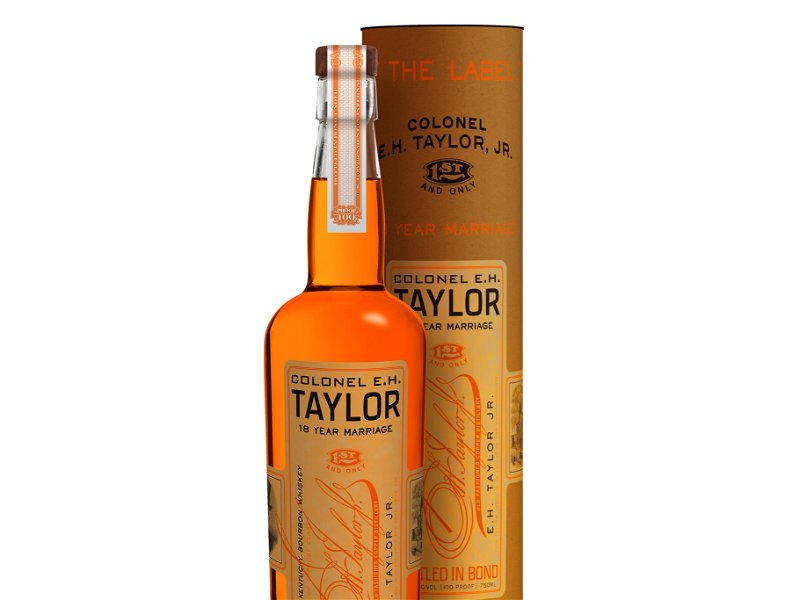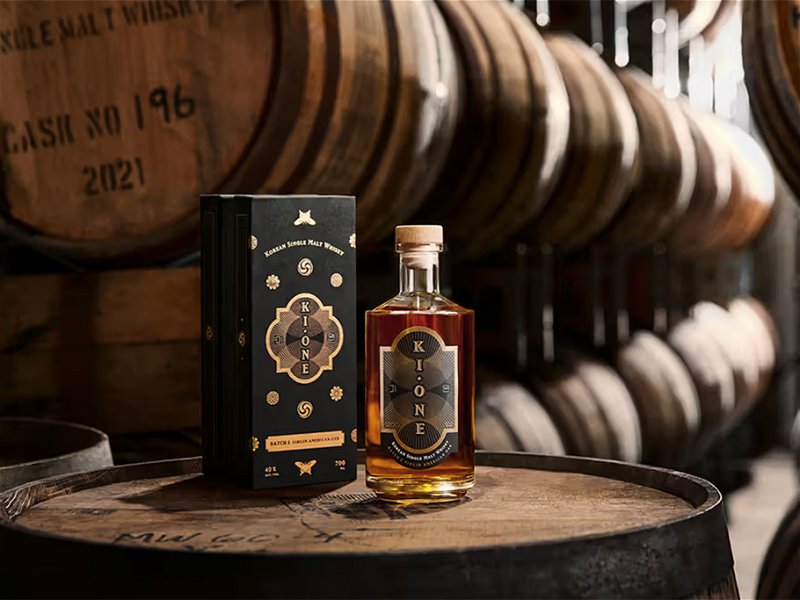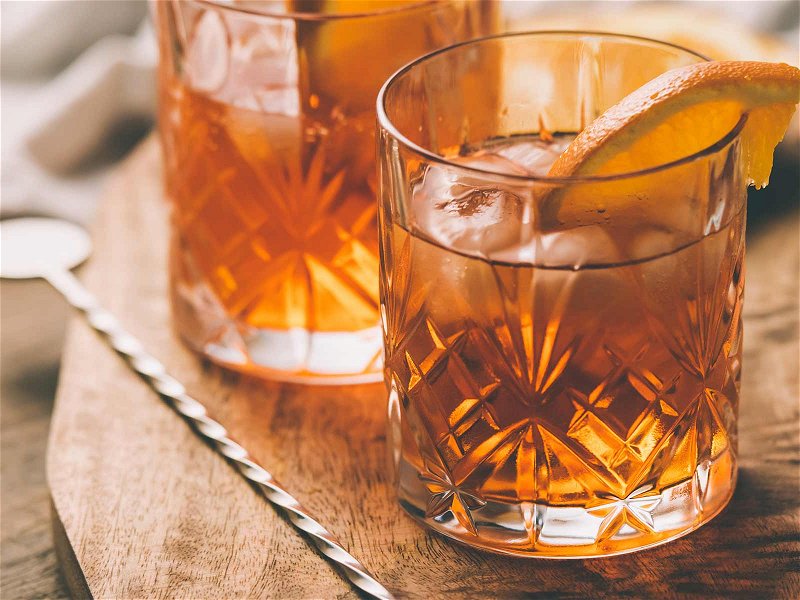Peat and sea salt in the air: a visit to Laphroaig
Islay. Next to the only baggage carousel are rows of ageing shop windows displaying the island's pride and joy, the whisky bottles of all nine distilleries currently in operation: Once you enter the tiny arrivals hall of the airport on the Scottish Hebridean island of Islay, you have landed in the home of one of Scotland's top-selling whisky regions and the center for lovers of peaty Scotch, despite the tranquility of the place with its population of around 3,000. Falstaff paid a visit to the Laphroaig Distillery on the south coast and asked Distillery Manager Barry MacAffer for an interview.
For Barry MacAffer, whisky is inextricably linked to everyday life on the island and it is impossible to imagine Islay without it. This is also noticeable in the heart of the island, its main town Bowmore: behind the bar of the Bowmore Hotel, bar manager Peter Jnr. proudly presents its collection of over 700 whiskies, mainly from the island, to its guests. One alley away, Gemma MacLean's small soap store "Spirited Soaps" is stacked with blocks of handmade whisky soaps in varieties inspired by the island distilleries, from Ardbeg to Laphroaig.
On the malting floors
The Laphroaig distillery is located in a bay in the south of the island, away from Bowmore. If you climb up to their malting floors in the roof, a fresh sea breeze always blows through the open windows and ensures ideal air circulation. But where the career of today's Laphroaig Distillery Manager Barry MacAffer began in 2011 as a "malt boy", a new generation of maltsters has long since been pulling the machines through the germinating barley piled a hand's breadth from the ground, which later becomes the famous Laphroaig whisky.
In addition to the main supplier in Port Ellen, which supplies the island's distilleries with the Laphroaig is proud to still be one of the few whisky makers in the world that supplies the malt barley needed for whisky production. Scottish distilleries use a fraction of the barley in the traditional methods of the floor paintings. "We still malt about 10-20% of the barley here in an elaborate process. on site. Even during the steeping and germination process, we work exclusively with water from the nearby Kilbride Stream and weave these local influences into our whisky", as tour guide James readily explains. Goal: the Essence of the island to capture.
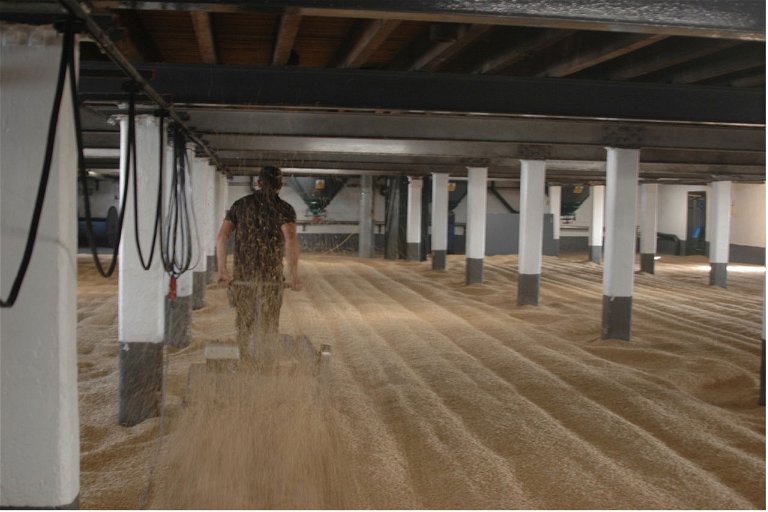
From the malting floors to the peat kilns
While each of the island distilleries has its own secret to processing the freshly cut peat, Laphroaig swears by the cold-smoking process for flavoring the barley with it. The island's high peat content and low wood stock explain the USP of Islay single malt whiskies, which are among the peatiest of their kind. Barry MacAffer knows: "Many visitors want the strong smoky note of a younger whisky on their first visit, as promised by the classic Laphroaig 10 YO - but the sweetness of the cask comes to the fore as the whisky matures. However, those who enjoy the Archive Collection of a 36-year-old Laphroaig single malt, which is strictly limited to 400 bottles, may be surprised that Laphroaig can also play on tropical fruit notes in addition to the typical peat aromas.
A tasting of the Islay Single Malts is always worthwhile, if Barry MacAffer has his way: "The fascinating thing about whisky is that it changes. Once tasted, it can be discovered and explored again and again," says the Distillery Manager, "Although many people swear by perfect pairing when tasting, I like to play with the Contrasts of the different whiskies and jump back and forth between them: and lo and behold, suddenly much stronger contrasts open up between the individual barrel notes and the connection to the different flavors can be established in a completely new way." What remains when the last sip is drunk: the raw beauty of the island, the whisky, and the hospitality of the people who produce it, are what make it so special. Islay is worth a visit at any time of year.
Don't miss out!
Sign up now for our newsletter.

